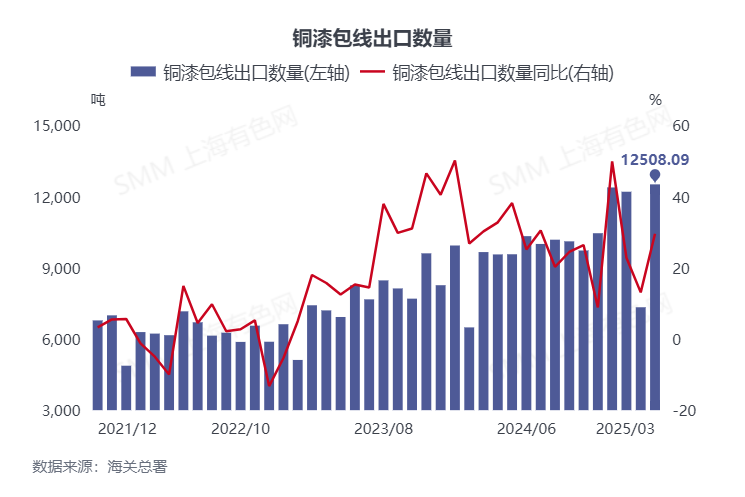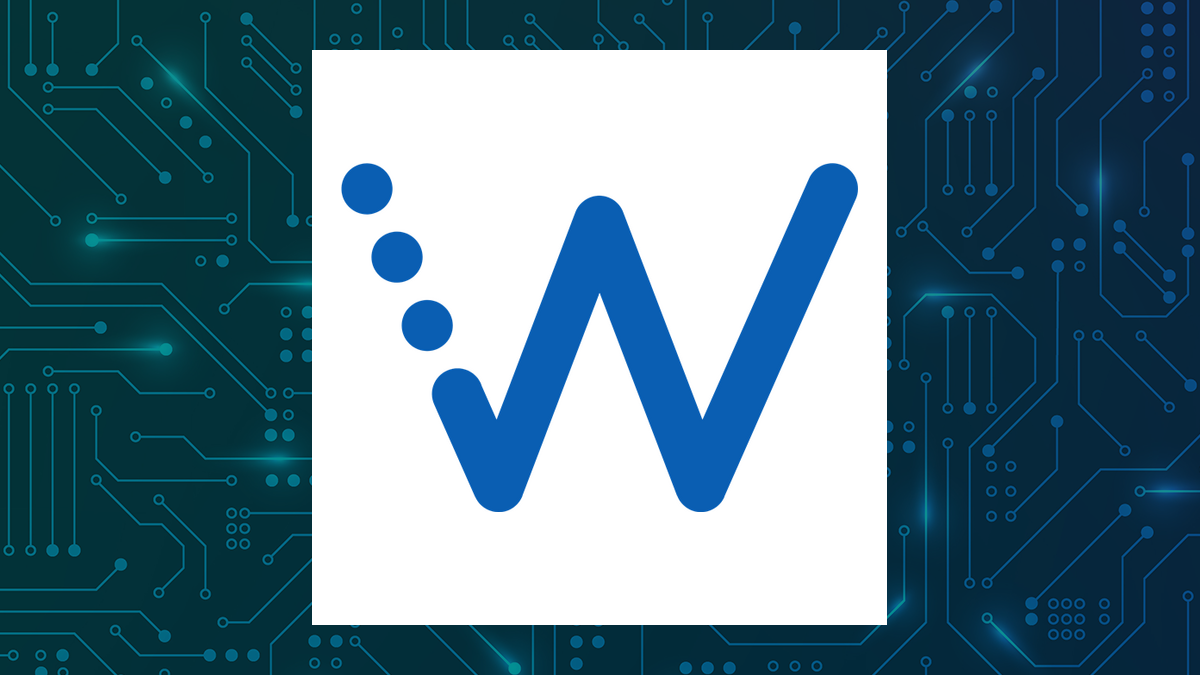In an era where enterprises demand real-time analytics on operational data, traditional database architectures have struggled to keep pace. Phani Kiran Mullapudi explores the rise of Hybrid Transactional and Analytical Processing (HTAP) systems , which unify transactional and analytical workloads in the cloud. This approach eliminates the inefficiencies of separate OLTP and OLAP systems, paving the way for high-performance, cost-effective, and scalable solutions.
Enterprises have traditionally relied on separate systems for transactions and analytics, necessitating complex ETL processes to transfer and synchronize data. This division led to delays, higher operational costs, and inefficiencies in decision-making. Hybrid Transactional/Analytical Processing (HTAP) systems eliminate these challenges by unifying transactional and analytical workloads.

Instead of waiting for batch processing, businesses can perform real-time analytics on live data, enhancing agility and responsiveness. By removing the need for data duplication and synchronization, HTAP architectures improve performance, reduce latency, and lower infrastructure costs. Organizations can now gain instant insights while maintaining high transaction speeds, making HTAP a game-changer for industries requiring real-time decision-making.
This paradigm shift empowers businesses with greater efficiency, accuracy, and scalability, bridging the gap between operational and analytical systems without performance trade-offs. In-memory computing is a crucial innovation in HTAP systems, minimizing I/O bottlenecks by storing frequently accessed data in memory. This significantly reduces access latency, achieving cache hit rates above 95%.
Advanced memory management techniques optimize storage efficiency, balancing high-speed transactions with deep analytical capabilities. By eliminating traditional disk-based delays, in-memory computing enhances real-time processing, making HTAP systems more responsive and efficient for modern data-driven applications. Traditional query execution methods process data row-by-row, slowing down analytical workloads.
HTAP systems employ vectorized query execution, which processes data in batches using optimized CPU instructions. This technique enhances analytical performance, achieving processing rates of up to 2.8 billion rows per second while ensuring transactional consistency.
To handle massive datasets, HTAP systems leverage distributed indexing strategies. Unlike traditional databases that rely on centralized indexes, modern HTAP solutions distribute indexing across nodes, reducing lookup times and improving query efficiency. This approach also enhances system resilience by mitigating single points of failure.
HTAP systems excel in cloud environments, leveraging elastic scalability and adaptive workload management to optimize performance. Traditional architectures often face underutilization or bottlenecks, but HTAP solutions dynamically allocate resources based on demand. This adaptability ensures seamless performance, especially during peak loads, making them ideal for industries with fluctuating data processing requirements.
By efficiently scaling computing power, HTAP systems enhance operational efficiency and responsiveness. Their ability to balance transactional and analytical workloads in real time makes them a powerful choice for cloud-native applications, supporting businesses that require agility, resilience, and cost-effective resource utilization in dynamic data-driven environments. Enterprises implementing Hybrid Transactional/Analytical Processing (HTAP) solutions experience substantial performance and cost benefits.
These systems achieve transaction processing speeds of up to 47,300 TPS while enabling real-time analytics. By integrating transactional and analytical workloads, HTAP eliminates the need for redundant storage and computation, optimizing resource utilization. This consolidation significantly reduces infrastructure expenses, lowering costs by over 50% compared to maintaining separate OLTP and OLAP architectures.
Organizations benefit from streamlined operations, improved efficiency, and faster insights, making HTAP a strategic choice for data-driven decision-making while ensuring scalability and long-term savings in modern enterprise environments. HTAP implementations greatly enhance reliability through the eradication of vulnerable ETL processes resolving smooth integration of data. Companies cite a decrease of 89.
3% in analytical data latency, thereby facilitating real-time insights and fast decision-making. By allowing transaction and analytical workloads to exist in harmony, HTAP architectures increase operational efficiency and data consistency. Over a 34% increase in mean time between failure is an attestation to the resilient design of such systems.
Such robustness minimizes downtime, optimizes resource utilization, and supports mission-critical applications more reliably. In strive for agility, HTAP becomes a transformational solution for modern data environment; one that allows delivering instant analytics while preserving transactional integrity. Future developments in HTAP systems will include AI-driven query optimization and automatic workload classification.
Access patterns will be predicted with the help of machine learning algorithms and will dynamically adjust system resources to achieve optimal efficiency. Streaming analytics would then be a part of the whole process of real-time data processing that would propel an organization to instantaneously react to the market changes. Indeed, it is a brand new entry in emerging HTAP technology concerning cloud data management because it fundamentally combines transactional and analytical workloads.
Some pretty exciting changes for effectiveness and scalability include in-memory computing, vectorized processing, and distributed indexing. Now that real-time insights are becoming a predominant factor within enterprises, as also raised in discussion by Phani Kiran Mullapudi, HTAP systems will write the future of cloud databases..
















